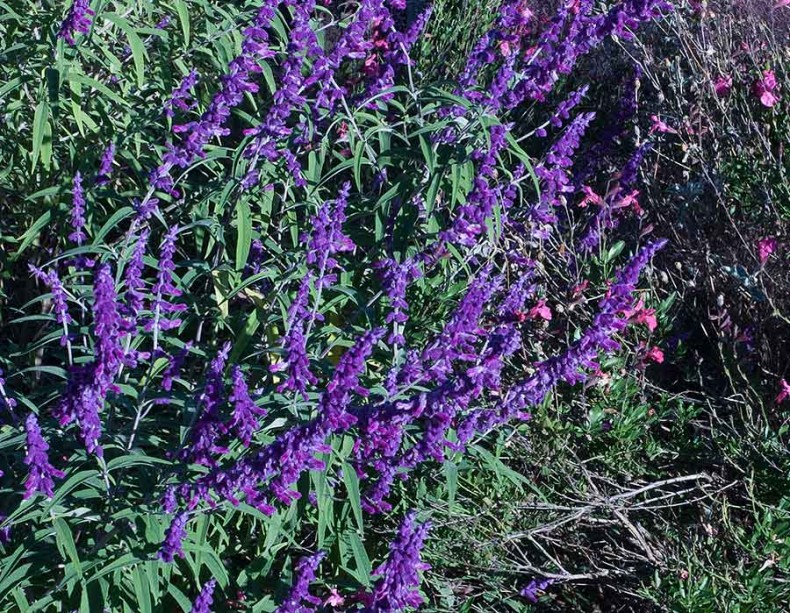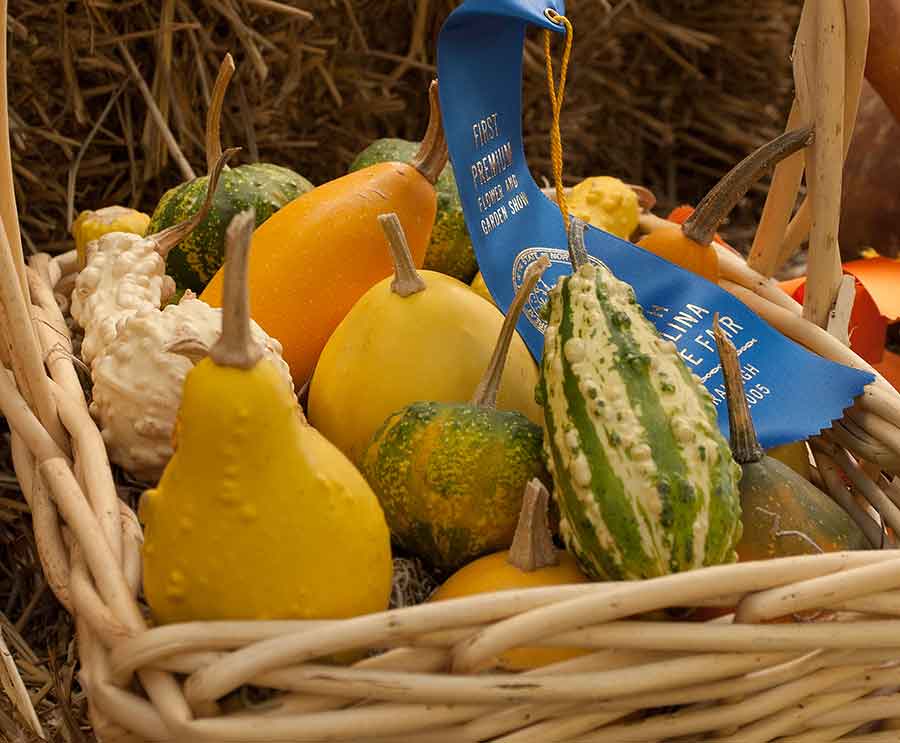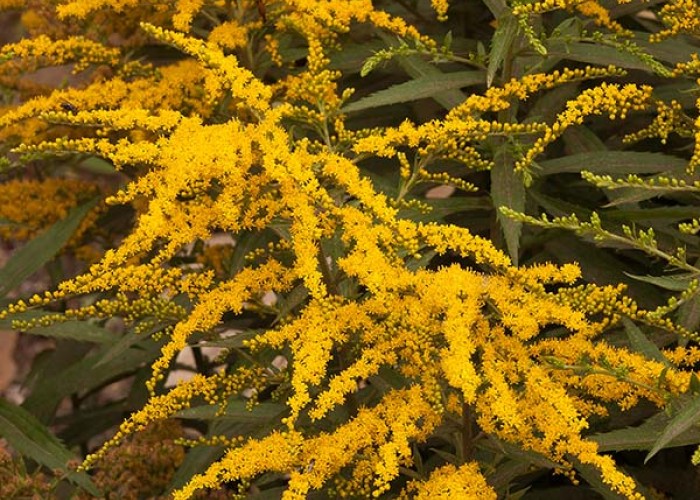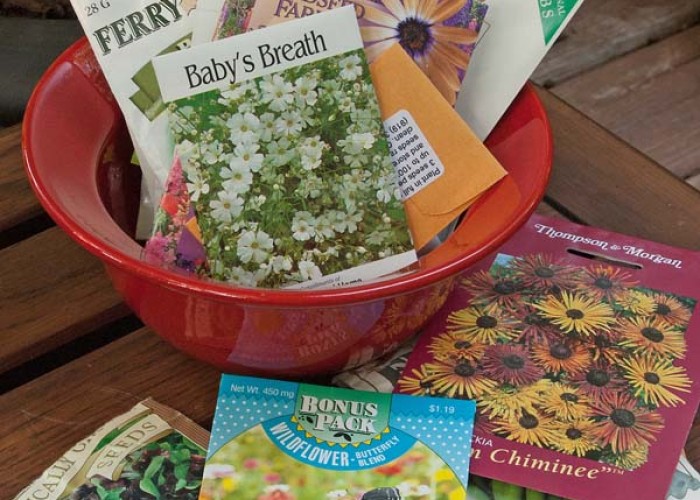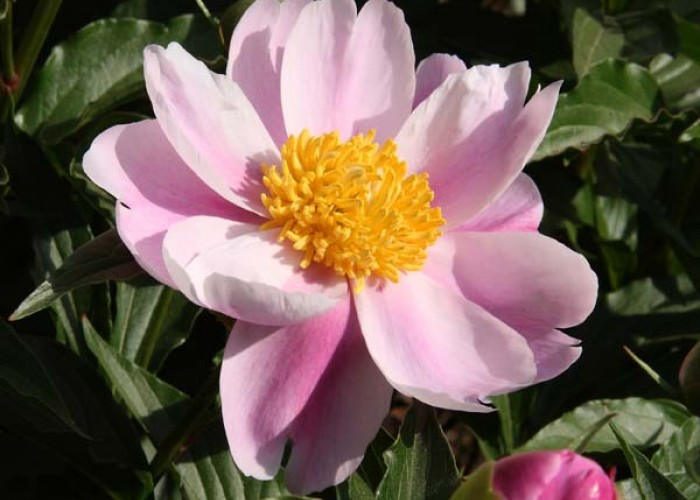Patience in Purple: Mexican Bush Sage
Plus Garden To Do’s for September
By L.A. JacksonMexican Bush Sage
Compared to other sassy salvias, Mexican bush sage (Salvia leucantha) might seem a bit shy. Many annual and perennial salvias just can’t wait to get blooming in the spring and summer, but this pretty plant waits.
Only after the long, hot summer is winding down does Mexican bush sage come out to play with wide swaths of flowing flower stalks delightfully dipped in the violet end of the spectrum that can last well into the fall.
As its name suggests, it is native to Mexico, but this shrubby perennial is still hardy enough to weather typical Carolina winters, although in the mountains, it might be better to treat it as an annual. It performs best in well-drained soil situated in a bright location, as branches tend to stretch long and leggy if they don’t fully bask in the sun’s rays for at least six hours a day.
Being drought tolerant, S. leucantha is a good candidate for xeriscaping projects or large container plantings. However, a happy Mexican bush sage can grow up to 4 feet tall and about as wide, so place it in a spot where it won’t bully other plants.
Much of the eye-catching purple associated with Mexican bush sage blossoms comes from the fuzzy calyces (outer base coverings) of the blooms, and they persist long after the flowers fade and fall off.
The small blossoms typically glimmer in a handsome, contrasting white, but there are exceptions. For instance, the cultivar “All Purple” (also known as “Midnight”) lives up to its name with amethyst flowers complementing the embracing purple calyces. “Santa Barbara” puts on a similar purple-on-purple show, and as a bonus, it is more compact than other Mexican bush sages.
Even if you buy just one Mexican bush sage, don’t worry about it being lonely — its late flower show will draw the company of lingering bees, butterflies and hummingbirds. Plant it, and they will come.
But as much as this beauty in bloom is enjoyed by wildlife on the wing, don’t think such bliss also translates into unwanted attention from deer: Thankfully, Mexican bush sage does not make Bambi’s preferred list for garden grazing (Learn about ways to keep deer and other varmints out of your garden.).
Garden To Do’s for September
- Proud of your plants? Enjoy a little friendly competition? Consider combining these two pleasures by entering some of your best at the NC State Fair’s Flower and Garden competitions in Raleigh. The fair will be here before you know it (October 12–22), so survey all your garden pretties for possible contenders and start babying them into blue ribbon shape. This includes fruits, vegetables, houseplants, cut flowers and floral arrangements. Visit ncstatefair.org to check out the Flower and Garden competition categories.
- Have planting pots to be stored away for the winter? Thoroughly wash them first in a solution of one part bleach and 10 parts water to help prevent fungus and disease problems next spring.
- For better displays from hellebores this winter and next spring, apply a slow-release fertilizer around them now.
- Time for trading. Any pretty specimen plants that have become overcrowded, such as daylilies, bearded irises, hostas and peonies, can now be divided and swapped with other gardeners.
- Extend the pleasure of the culinary seasonings garden by potting up and bringing in herbs (such as lemon balm, mint, thyme, oregano, parsley and chives) that are easy to care for indoors over the coldest of months. Place them close to windows well-visited by the low winter sun.
-
More fall gardening tips
-
Share this story:

